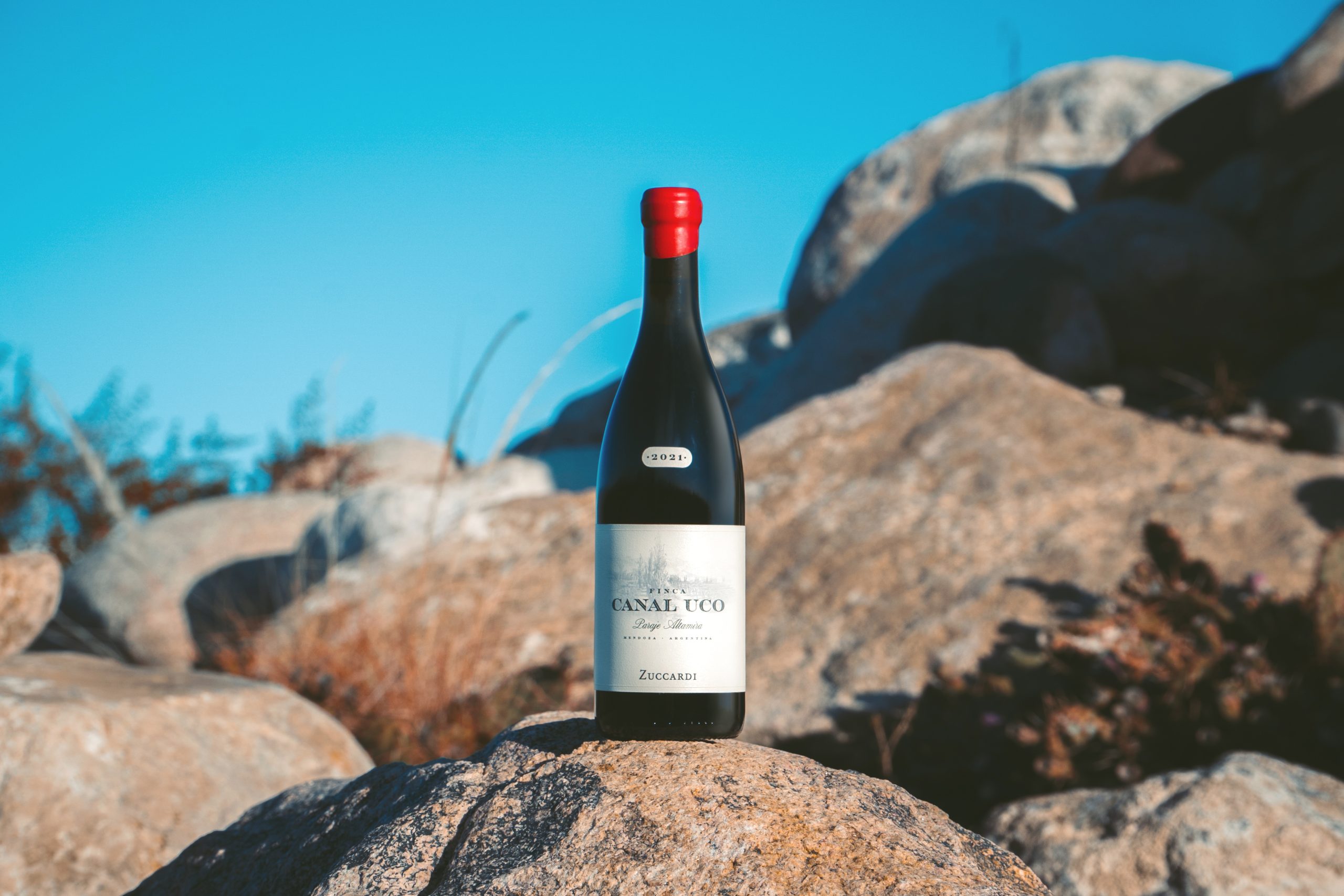How a rose encapsulates Champagne Gardet’s philosophy
The rose adorning Champagne Gardet’s bottles is more than just decoration, representing the terroirs, tradition and family behind the house.

A rose, for Champagne Gardet, is more than a romantic gesture. It has become a symbol of all the producer values. It represents family: the owners, the Prieux family, trace their roots to horticulturalists. It represents terroir, giving a name to the premier cru village of Chigny-les-Roses where Champagne Gardet is based. It even nods to tradition, as roses were once planted in Champagne vineyards as a warning system for mildew. As a smaller producer in a renowned region, the rose has become an emblem of the identity that Champagne Gardet is committed to preserving.
Founded as a family company in 1895, Champagne Gardet has always relied on a close-knit team. Working closely with skilled winemakers, the Prieux family continues that tradition. The husband-and-wife team, Christophe and Nathalie, lead a small force of 20 employees, including their daughter, Clémence.
The house’s vineyards are also integral to its identity. Its 10 hectares of owned vineyards, centred around Chigny-les-Roses, are supplemented by grapes from long-term, trusted growers. As well as letting terroir inform its style, Champagne Gardet has worked to ensure that 50% of the grapes it grows or sources are now farmed organically or with high environmental value certification.
Tradition, perhaps most of all, guides the approach. Modern technology, such as disgorgement machinery and gyropalettes, is used alongside techniques like oak foudre ageing and manual riddling. As winemaker Stéphanie Sucheyre explains: “I see myself as the custodian of a precious tradition, but a resolutely modern custodian.”
Partner Content
The traditional impulse is strongest in Champagne Gardet’s extended ageing. Going far beyond the legal minimums, extended lees ageing is vital in achieving the balance of freshness and age that the house seeks. The approach reaches its zenith in the Prestige Charles Gardet Millésime, first made in 1995. The 2008 vintage of the long-aged expression, recently released, is among the last 2008 Champagnes to hit the market.
Aged 15 years on the lees, Prestige Charles Gardet Millésime 2008 balances aged complexity with the vintage’s characteristic acidity. With no malolactic fermentation, its freshness has been preserved, even with the extended lees contact. The blend, 70% Chardonnay and 30% Pinot Noir, exclusively from grand cru and premier cru villages, was chosen for its structure and potential to age into an exceptional wine. The judges at The Champagne Masters agreed; this year, the wine received a Gold medal.
Prestige Charles Gardet Millésime 2008

- Grape varieties: 70% Chardonnay, 30% Pinot Noir
- Residual sugar: 5g/litre
- Approx. retail price: £76
This wine, from the beautifully fresh and well-structured 2008 vintage, has been recently released after 15 years on the lees. Pale gold in colour with a wide cordon and streams of tiny bubbles, the wine displays plums, passion fruit, toast and a hint of caramel, accented by chalk and wax notes. Extra brut in style (5g/litre dosage), the palate is medium-bodied with bracing acidity, linen mousse texture and a lovely, cardamom-accented finish. Well-defined, complex and long. (Patricia Stefanowicz MW)
Related news
Castel Group leadership coup escalates
For the twelfth day of Christmas...
Zuccardi Valle de Uco: textured, unique and revolutionary wines




